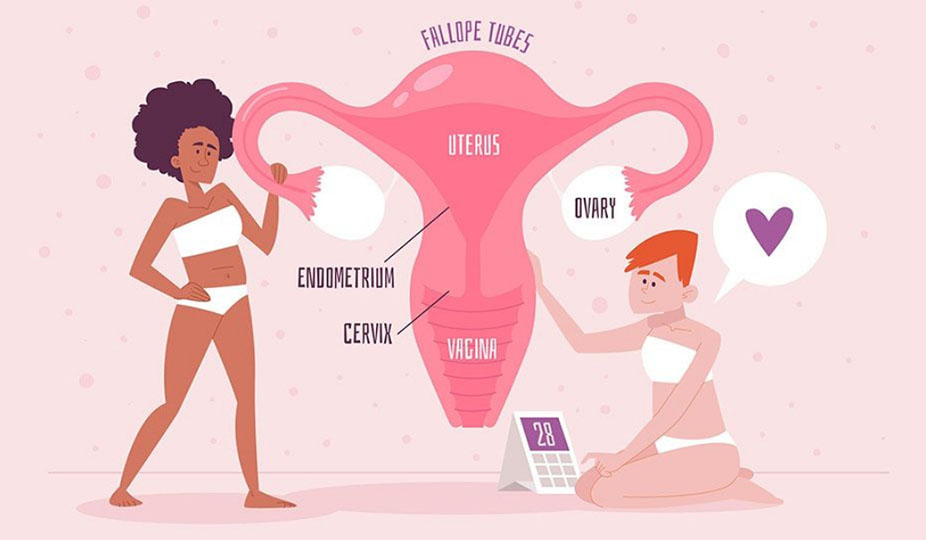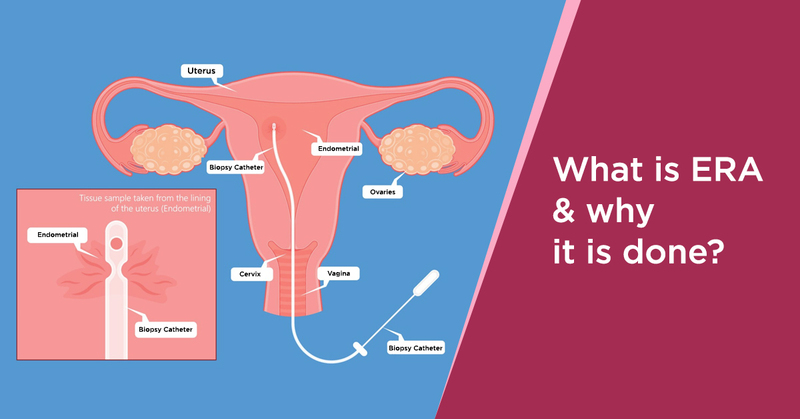ERA
ERA
The Endometrial Receptivity Array (ERA) is a cutting-edge genetic test that helps determine the optimal timing for embryo transfer during an IVF cycle. This personalized test analyzes the receptivity of the endometrium (the uterine lining) to identify the ideal window for embryo implantation, ultimately improving the chances of a successful pregnancy.
At TheFertilife, we offer ERA testing as part of our advanced fertility treatments to enhance your chances of a healthy pregnancy and optimize the IVF process.


What is ERA?
The Endometrial Receptivity Array (ERA) is a sophisticated test that assesses the expression of specific genes in the endometrial tissue to determine the best time for embryo transfer. During IVF, timing is crucial—if the embryo is transferred at a time when the endometrium is not fully receptive, it may fail to implant, resulting in a failed IVF cycle or miscarriage. ERA testing identifies this “window of implantation” (WOI), helping to ensure that the embryo is transferred when the endometrium is most receptive.
By customizing the timing of embryo transfer based on the ERA results, doctors can significantly improve the chances of a successful pregnancy.
How Does ERA Work?
ERA testing is typically performed as part of an IVF cycle. Here’s an overview of how the ERA test is performed:
Preparation for IVF Cycle: As part of the IVF treatment process, the patient undergoes hormonal stimulation to prepare the endometrium for embryo transfer. The patient’s uterus is monitored to track the development of the endometrial lining.
Endometrial Biopsy: During the IVF cycle, a small sample of the endometrial tissue is obtained through an endometrial biopsy. This is done during the luteal phase (after ovulation) to determine the timing of the endometrial lining’s readiness for implantation. The biopsy is typically performed on the third to fifth day after ovulation (around the mid-luteal phase).
Genetic Analysis: The endometrial tissue sample is sent to a laboratory, where it undergoes genetic testing. The lab analyzes the expression of specific genes that are critical for implantation to determine whether the endometrium is in the optimal window of receptivity.
Results and Interpretation: After testing, the results will indicate whether the endometrial tissue is receptive or not at the time of biopsy. If the endometrium is not receptive, the test will provide a personalized recommendation for the timing of the next embryo transfer.
Personalized Transfer Timing: If the ERA test identifies that the endometrium is receptive at a different time than expected, the IVF cycle can be adjusted to align the embryo transfer with the optimal window of implantation, increasing the chances of a successful pregnancy.
Why is ERA Important?
For women undergoing IVF, ensuring the proper timing of embryo transfer is critical to success. Even if the embryos are healthy, a transfer performed outside the optimal window can lead to failed implantation or miscarriage. ERA provides valuable insights into the timing of the implantation process and can significantly enhance the success rates of IVF treatments.
Here are some of the key reasons why ERA testing is important:
Improves Implantation Success: The primary benefit of ERA testing is that it ensures the embryo is transferred at the optimal time for implantation, leading to a higher chance of pregnancy.
Reduces the Risk of IVF Failure: For women who have experienced repeated IVF failures or have a history of miscarriage, ERA can identify the underlying cause of implantation failure, increasing the likelihood of success in future IVF cycles.
Personalized Treatment: ERA testing provides a highly personalized approach to IVF by determining the specific timing that will maximize the chances of embryo implantation, tailoring the treatment to the individual’s needs.
Assists with Recurrent Implantation Failure: For patients with recurrent implantation failure, where embryos are of good quality but fail to implant, ERA testing can pinpoint the timing of the endometrium’s receptivity, improving the chances of a successful pregnancy in subsequent cycles.
Optimizes IVF Outcomes: With ERA, doctors can make informed decisions about when to transfer embryos, enhancing the chances of a successful pregnancy and reducing the number of IVF cycles needed.
When is ERA Recommended?
ERA testing is typically recommended for women who have experienced difficulties in achieving pregnancy or implantation during IVF treatment. Some specific situations where ERA may be beneficial include:
Repeated IVF Failures: If you have had multiple IVF cycles with good-quality embryos but failed implantation, ERA can help identify if the timing of the transfer was a factor in the failure.
Recurrent Miscarriages: For women who have had multiple miscarriages, ERA can help determine whether implantation failure is due to issues with the endometrial receptivity.
Age-Related Fertility Issues: As women age, changes in the endometrial lining can occur, which can affect implantation. ERA can help determine the optimal timing for embryo transfer, improving the chances of success.
Frozen Embryo Transfer (FET) Cycles: ERA testing is sometimes recommended for women undergoing a Frozen Embryo Transfer (FET) cycle to ensure the endometrium is prepared to accept the embryo at the right time.
Endometrial Abnormalities: Women with a history of endometrial conditions, such as thin endometrium, uterine fibroids, or polyps, may benefit from ERA to assess the receptivity of their uterine lining.
Pre-Treatment Evaluation: In some cases, ERA testing may be performed before a woman undergoes IVF to determine the ideal timing of embryo transfer, even in the absence of previous fertility challenges.
Benefits of ERA Testing
ERA offers several significant benefits for women undergoing IVF, including:
Improved Success Rates: By ensuring that embryos are transferred at the most receptive time, ERA can significantly improve the chances of a successful pregnancy, particularly for women with repeated IVF failures or recurrent miscarriages.
Personalized IVF Approach: ERA allows for a personalized treatment plan by identifying the precise window of implantation for each patient, making IVF more effective.
Minimizing Emotional Stress: For many women, undergoing multiple IVF cycles can be emotionally taxing. By providing more accurate timing for embryo transfer, ERA reduces the number of cycles needed and helps to minimize emotional and financial stress.
Better Pregnancy Outcomes: By increasing the chances of embryo implantation and reducing the risk of miscarriage, ERA contributes to healthier pregnancy outcomes and a smoother fertility journey.

Best Infertility Doctor in Gurgaon, Dr. Anshika Lekhi, a renowned IVF specialist, offers exceptional infertility treatments.
Pages
Contact Us
- 7505 Basement Bougainville Street, near Supermart 2, Sector 43, Gurugram, Haryana 122009
- 98735 24270
- info@thefertilife.com
Updates
Check New updates below.


Copyright ©2025 | All Rights Reserved.
